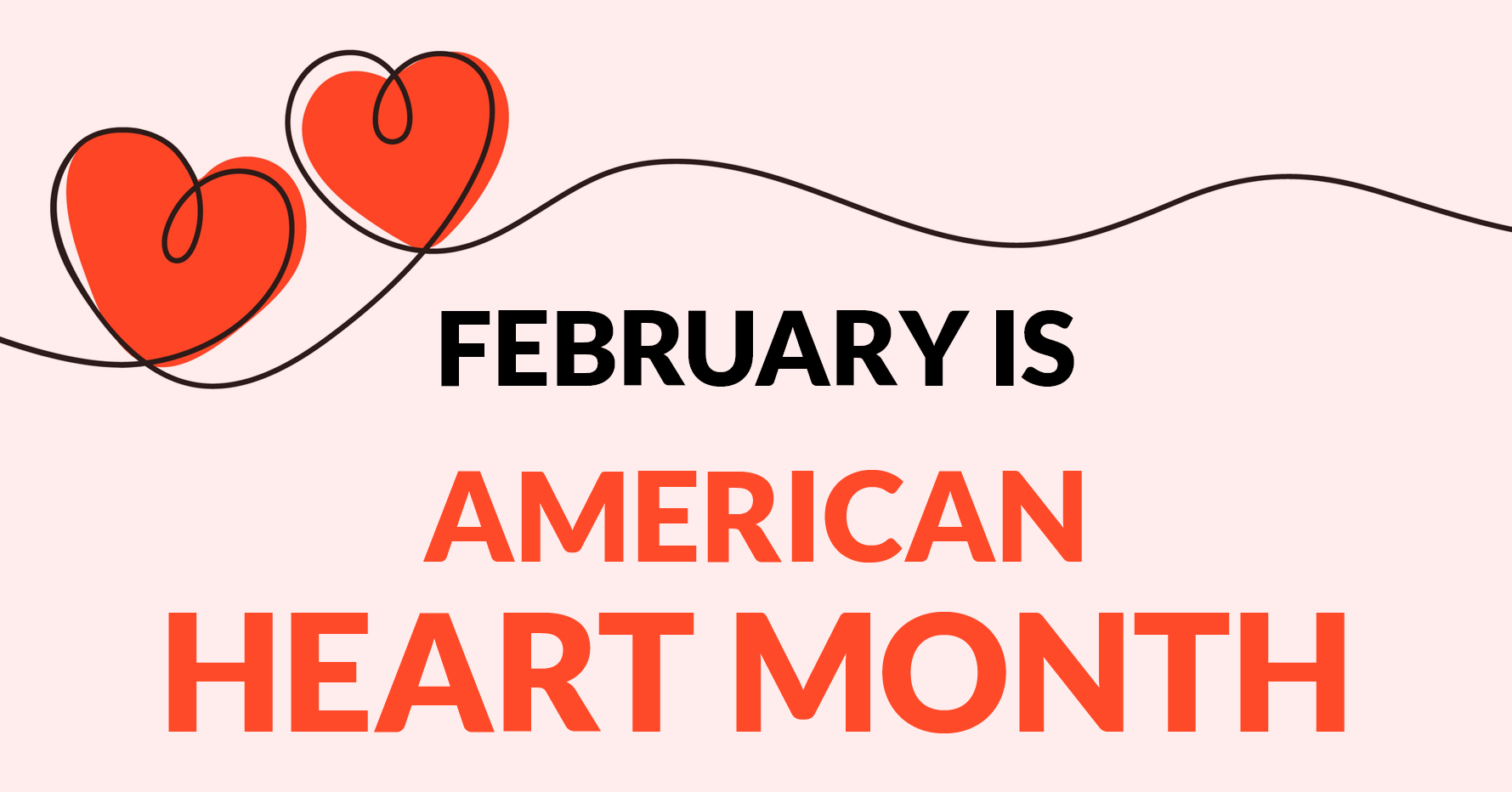Written By: Amy Shevlin, PT, MS, DPT, GCS
 February is Heart Health Month. I think it is safe to say that heart health is important to many Americans. The US Department of Health and Human Services has established physical activity guidelines that have been shown to improve heart health. For major health benefits, the recommendation is to participate in 150 minutes of moderate intensity aerobic activity or 75 minutes of vigorous activity each week. Recognizing that it may be challenging for many individuals to achieve this level of activity, the guidelines do assure us that some activity is better than none and that health benefits can be gained by as little as 60 minutes of moderate intensity aerobic activity each week. As rehab professionals, I think we would all agree that even 60 minutes of moderate intensity aerobic activity each week is difficult for many of our patients to attain.
February is Heart Health Month. I think it is safe to say that heart health is important to many Americans. The US Department of Health and Human Services has established physical activity guidelines that have been shown to improve heart health. For major health benefits, the recommendation is to participate in 150 minutes of moderate intensity aerobic activity or 75 minutes of vigorous activity each week. Recognizing that it may be challenging for many individuals to achieve this level of activity, the guidelines do assure us that some activity is better than none and that health benefits can be gained by as little as 60 minutes of moderate intensity aerobic activity each week. As rehab professionals, I think we would all agree that even 60 minutes of moderate intensity aerobic activity each week is difficult for many of our patients to attain.
We all know how difficult health behavior change can be. I’m sure we have all struggled to stick with a health behavior change in the past. For someone who isn’t active, initiating an exercise program can be difficult. For someone who has experienced major health problems like many of our patients have, it may feel as if there are too many barriers to physical activity to overcome.
Some common barriers to exercise for the older adults that have been identified include lack of time, lack of energy, fear of injury, pain, and fear of falling. When working with our patients, we can help our patients identify strategies to overcome some of these common barriers. Here are some strategies that we can use to help our patients overcome some of these common barriers:
- When our patients tell us they are unable to exercise due to lack of time, we can help them create a program that allows our patients to exercise for shorter intervals throughout the day. It may be easier for a lot of our patients to fit in 3 ten-minute exercise sessions instead of 1 thirty-minute session each day.
- For our patients who struggle with lack of energy, we can talk with them about what time of day they feel the best so they can take advantage of their increased energy levels.
- For our patients who are concerned that exercise may lead to an injury, we can teach them proper body mechanics and strategies to exercise safely and avoid injury.
- For our patients with pain limiting their activity, we can provide pain management education to these patients to help maximize their tolerance of activity. This may include something as simple as educating our patients how improved posture can help to alleviate pain and increase their ability to exercise.
- For our patients who have a fear of falling during exercise, we teach them how to exercise safely and reduce their risk of falling.
A ll of these strategies demonstrate what a critical role therapy clinicians have in helping our patients improve their heart health. By helping our patients overcome barriers to exercise, we can make health behavior change more attainable.
ll of these strategies demonstrate what a critical role therapy clinicians have in helping our patients improve their heart health. By helping our patients overcome barriers to exercise, we can make health behavior change more attainable.
I’ve included a picture from my last beach vacation. I had the pleasure of meeting an older couple who loved to start their day by doing Tai Chi on the beach this morning. I was truly inspired by their commitment to staying active, as was this beachgoer (on the right) who decided to join them one morning.
Explore continuing education courses from Amy below:
COPD, Diabetes, Heart Failure, and Hypertension
Therapeutic Management of Heart Failure
Visit summit-education.com for more information.
References:
Bethancourt HJ, Rosenberg DE, Beatty T, Arterburn DE. Barriers to and facilitators of physical activity program use among older adults. Clin Med Res. 2014 Sep;12(1-2):10-20. doi: 10.3121/cmr.2013.1171. Epub 2014 Jan 10. PMID: 24415748; PMCID: PMC4453303.
https://www.nhlbi.nih.gov/health/heart/physical-activity/tips
